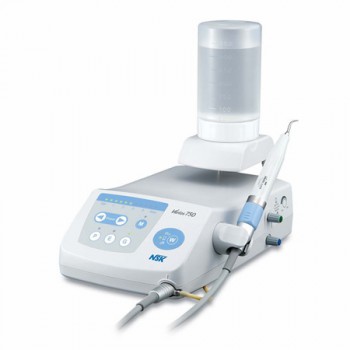An appointment with your dentist is not everyone’s favorite experience! But the reality is a lot less daunting when you consider that your dentist has a whole host of equipment to help him look after you and make your experience as pleasant as possible. What equipment does your dentist use to look after you?
Mouth Mirror
This is fairly self-explanatory and will almost certainly be used during your visit. Your dentist needs to get a good view of the inside of your mouth, including the backs of your teeth. The mirror allows them to see from all angles and help locate any potential problems much more easily.
Dental Syringe
The dental syringe is used to administer local anaesthetic to numb your teeth and gums so your dentist may perform procedures that might otherwise be painful for you. Syringes are also used to rinse or dry your mouth with water and air respectively, which is necessary for certain procedures. Syringes can hurt at first. The good news is, only for a second and the even better news is some of our practices now have pain free sedation, so you don’t even know your tooth is being numbed.
Dental Drill
The sound and the vibrations caused by the drill on your teeth may cause an unusual sensation but this is nothing to worry about. The drill is used to remove any decay attached to the tooth before filling in the cavity, although sometimes it is simply for polishing and smoothing the tooth once operating is complete.
Scaler
Dental hygienists generally use several tools during a dental cleaning, including a tooth polisher and a dental scaler. Tooth polishers buff teeth and eliminate tiny pieces of plaque. They generally have several different sized heads for cleaning hard to reach places. Scalers look a bit like metal hooks and are used to remove hard plaque, especially between teeth. Some people find the use of a scaler uncomfortable, depending on their sensitivity level, pain threshold, the length of time since the last cleaning, and the extent of plaque build-up.
Suction Device
During many procedures saliva and debris can build up in the mouth, which can make things difficult for your dentist. Small hoses are used to remove anything obstructing the mouth, making any job easier for everyone involved.
X-Ray
Sometimes a problem may not be immediately obvious so an x-ray which made by dental x-ray machine will need to be taken to show a more detailed view of the teeth and bones surrounding the affected area. Without an x-ray, problems such as decay can easily be overlooked.
